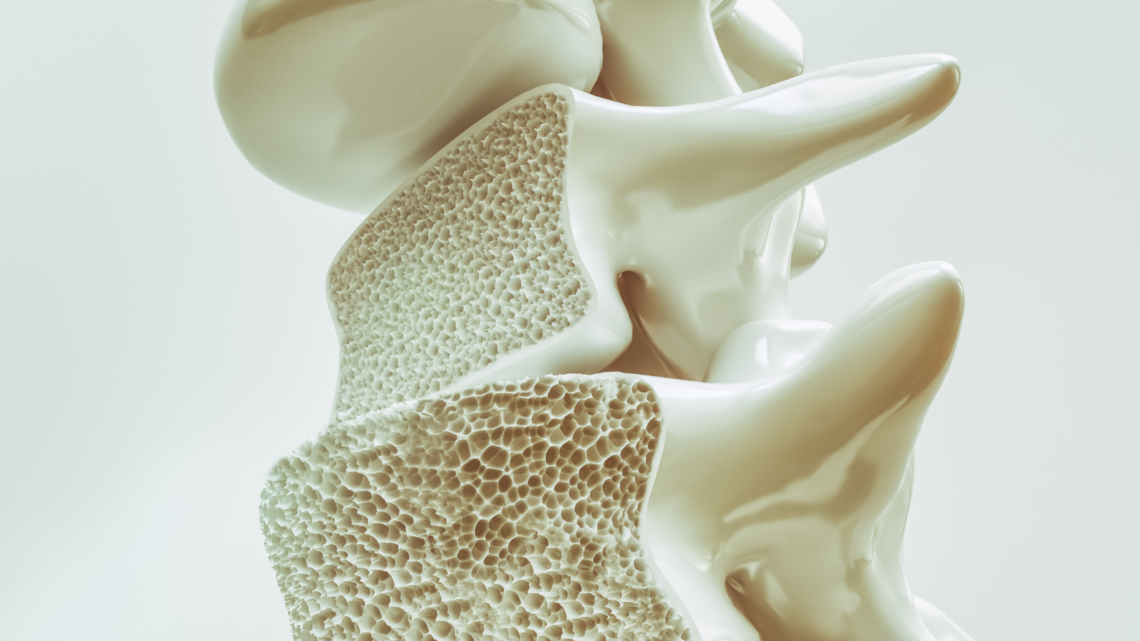
Osteoporosis
Osteoporosis is a medical condition that progressively weakens bones, making them fragile and more susceptible to fractures. It is a global health issue, particularly in countries like Canada where the population is aging. Understanding osteoporosis requires an exploration of various facets including its causes, symptoms, diagnostic procedures, treatment options, and preventive measures.
The Underlying Causes and Risk Factors
At the heart of osteoporosis lies a disruption in the bone remodeling process. Bones are dynamic structures, constantly being broken down and rebuilt. Osteoporosis occurs when the creation of new bone doesn’t keep up with the removal of old bone. This imbalance leads to bones becoming less dense and more porous, and thus, weaker.
Several factors contribute to the development of osteoporosis. Age is a primary factor; as we age, bone mass is lost faster than it’s created. Gender plays a significant role too, with women being at higher risk, especially post-menopause due to a decrease in estrogen, a hormone crucial in maintaining bone density. Other factors include family history, body frame size (individuals with smaller body frames tend to have a higher risk as they might have less bone mass to draw from as they age), and certain medical conditions and medications that affect bone health.
Recognizing the Symptoms and Signs
Osteoporosis is often called a silent disease because one may not know they have it until a fracture occurs. However, certain signs can indicate its presence. These include a gradual loss of height, back pain caused by a collapsed or fractured vertebra, and a stooped posture. Fractures, particularly in the hip, wrist, or spine, can occur even with minor falls or, in severe cases, from sneezing or minor bumps.
Diagnostic Measures: Beyond the Surface
Diagnosing osteoporosis involves reviewing medical history, physical examination, and conducting bone density tests. The most common is a DEXA scan (dual-energy X-ray absorptiometry), which measures bone mineral density (BMD) and compares it to the bone density of a healthy young adult and people of the same age and sex.
Treatment Approaches: A Multifaceted Strategy
While osteoporosis cannot be completely cured, it can be managed effectively. Treatment usually involves a combination of medication, lifestyle changes, and dietary adjustments.
- Medications: Bisphosphonates are the most common medications prescribed for osteoporosis treatment. They include drugs like Alendronate, Risedronate, Ibandronate, and Zoledronic acid. These medications work by slowing bone breakdown, maintaining bone density, and reducing the risk of fractures. For women, hormone-related therapy might be an option.
- Lifestyle Changes: Regular exercise, especially weight-bearing and muscle-strengthening exercises, can help strengthen bones and muscles, improving balance and decreasing the risk of falls and fractures. Additionally, quitting smoking and limiting alcohol intake are crucial as they can accelerate bone loss.
- Dietary Adjustments: A diet rich in calcium and vitamin D is vital for bone health. Dairy products, leafy green vegetables, fish with soft bones, and calcium-fortified foods are excellent sources of calcium. Vitamin D, which aids in calcium absorption, can be obtained from sunlight, foods, and supplements.
Preventive Measures: Safeguarding Bone Health
Preventing osteoporosis begins early in life – building strong bones during childhood and adolescence can be the best defense. This includes ensuring a nutritious diet and regular physical activity. Adults should continue these habits, add screenings, and be aware of risk factors.
The Broader Impact of Osteoporosis
Osteoporosis poses not only a health risk but also a significant economic burden, due to the cost of treating fractures and the long-term care that may be required afterward. It also impacts the quality of life of individuals, often leading to a loss of independence.
Osteoporosis, while a challenging condition, is not an inevitable part of aging. Understanding its complexities, recognizing the risk factors, and adopting a proactive approach towards bone health can make a significant difference. Regular check-ups, a healthy lifestyle, and awareness are key in managing and preventing this silent disease. As we continue to advance in medical research and treatment options, there is hope for those affected by osteoporosis to lead full and active lives.

